Butterflies are an integral part of the food chain and indicator of a healthy environment. These are the only insects who keep collecting minerals, salts through the day, and are the best pollinators
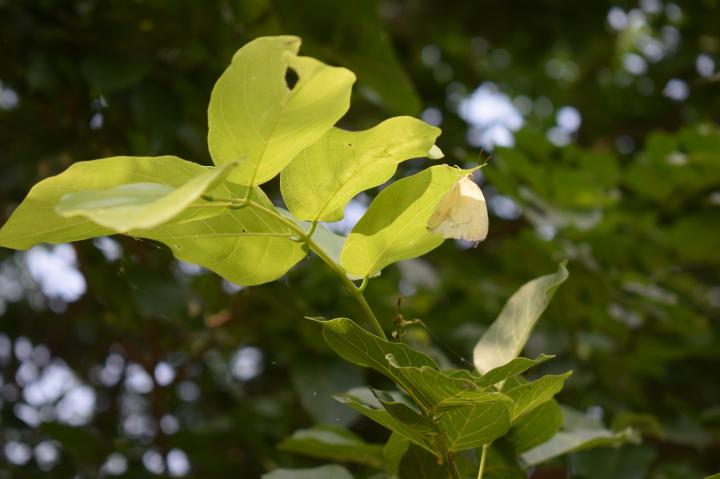
Every morning, I am greeted by the sight of fluttering yellow wings. Butterflies keep flying over the flowering Gulmohar and Amaltas trees that line the road outside the gated community where I reside. They never seem to tire, dancing over the flowers throughout the day.
These captivating colourful insects have been around for at least 50 million years and first evolved some 150 million years ago. They are an important part of our ecosystem, and represent beauty and vibrancy across cultures. Spiritually, they are considered the symbol of transformation. For me, watching the colours of nature flutter by my balcony is a therapeutic experience.
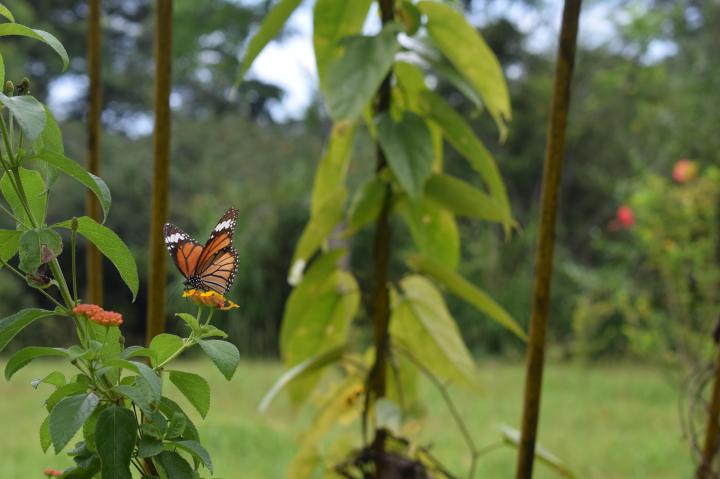
Ever since I have been fascinated by these fragile insects, I have begun to capture them through my lens, whichever place I visit. Butterflies breed after monsoon, so September is the best time of the year for sightings and studying their life cycle.
I got to learn more about them at the annual Butterfly Month Celebration organised by the Conservation Education Centre (CEC), under the aegis of the Bombay Natural History Society, in Delhi. CEC is located at Asola Bhatti Wildlife Sanctuary (ABWLS).
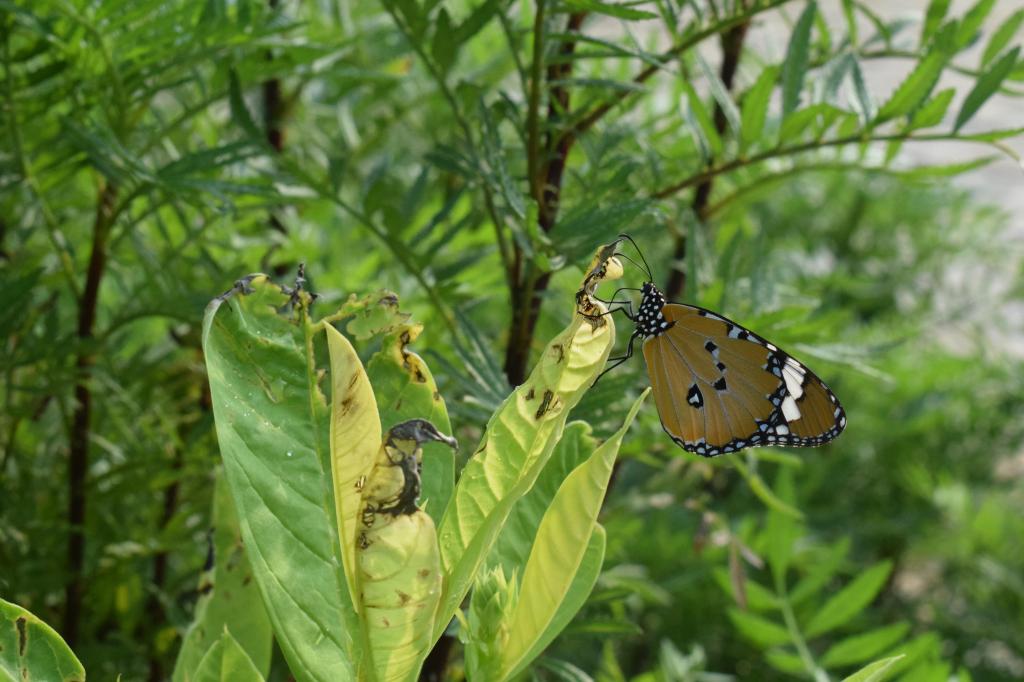
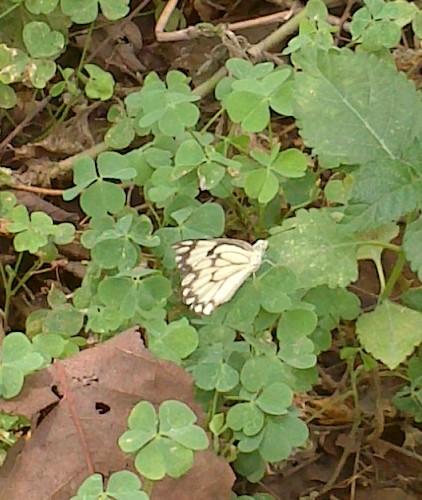
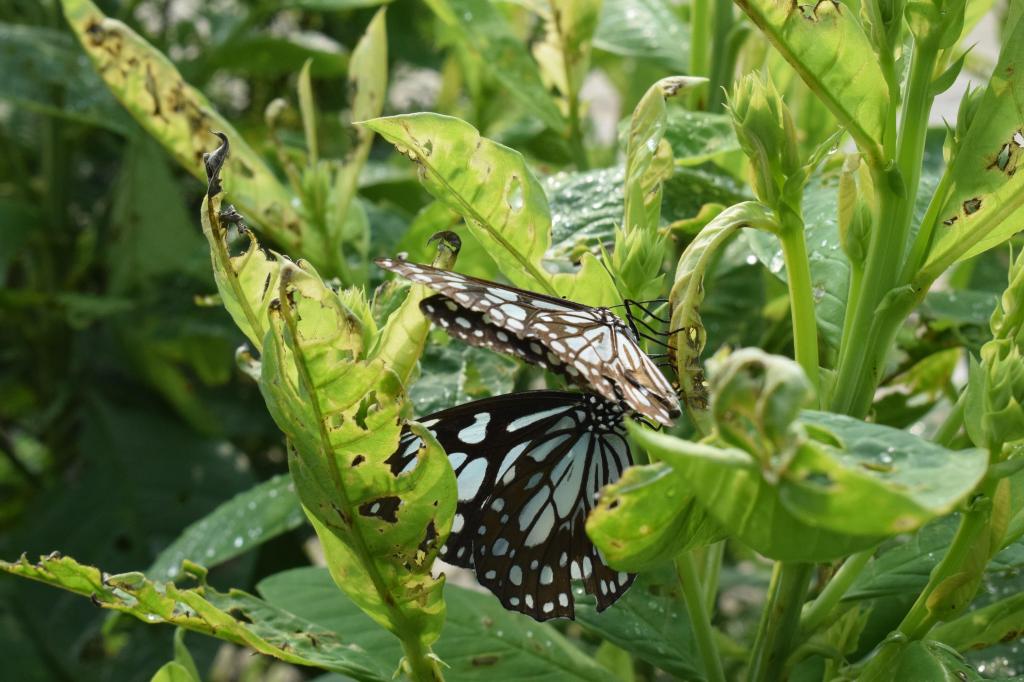
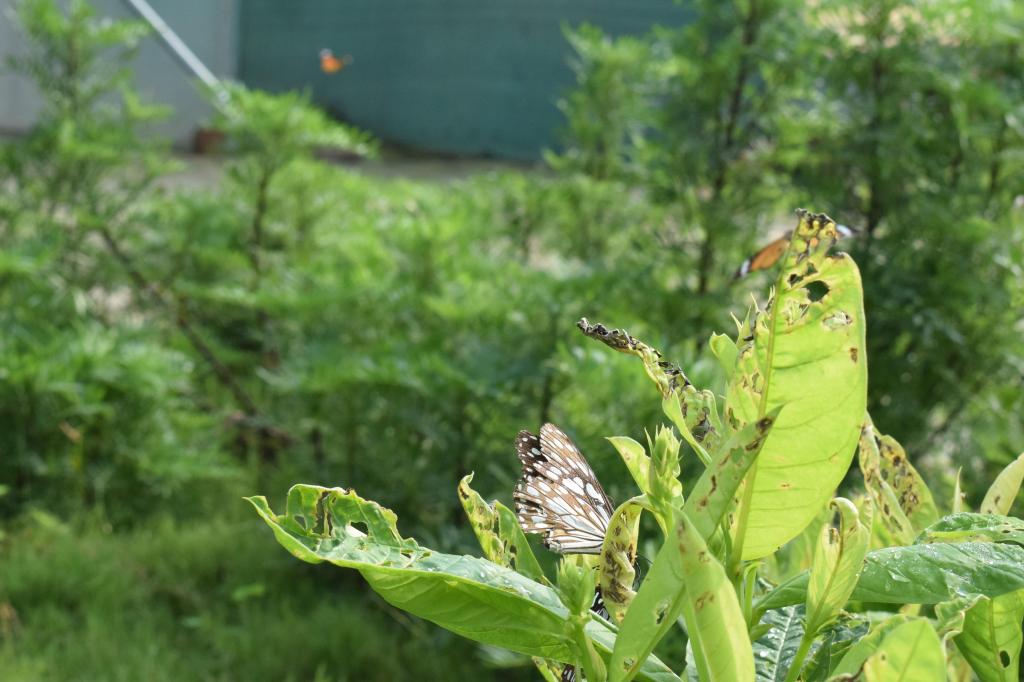
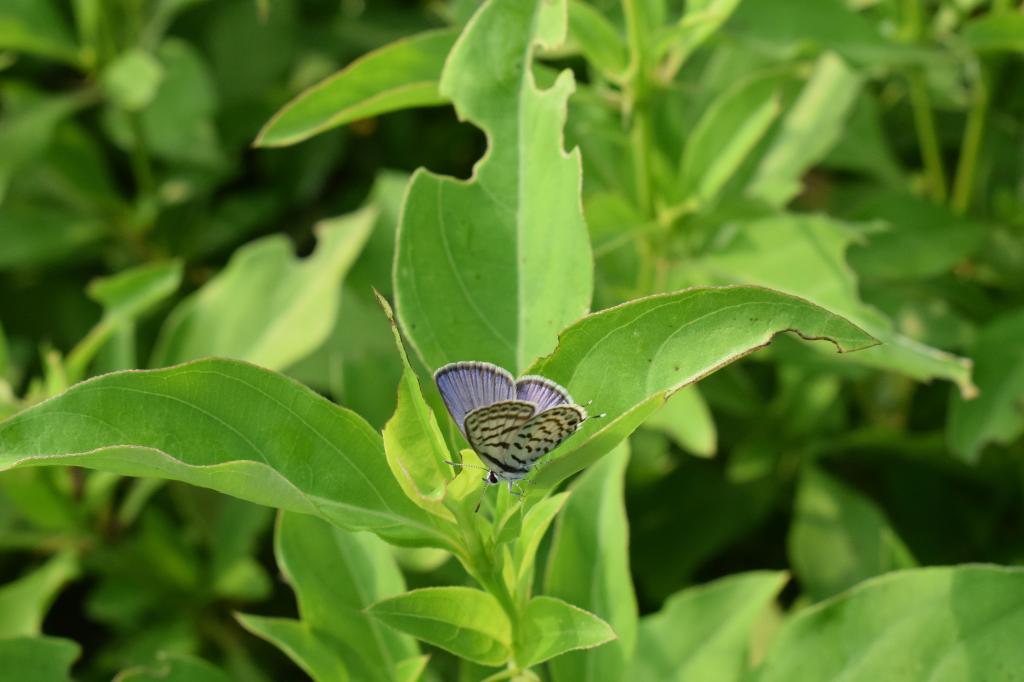
Butterflies are insects that have large, often brightly coloured wings. They are members of the order Lepidoptera, which also includes moths.
Butterflies have two pairs of wings that are covered with tiny scales. The scales reflect light in different ways, which is what gives butterflies their colourful appearance.
Butterflies have six legs and three main body parts: the head, thorax, and abdomen. The head has a pair of compound eyes, which are made up of many smaller lenses. Butterflies also have a pair of antennae that they use to smell and taste. They can also use their antennae to sense the Earth’s magnetic field, which helps them to navigate during migration.
The thorax is the middle section of the butterfly’s body. It is where the butterfly’s wings and legs are attached. The abdomen is the rear section of the butterfly’s body. It is where the butterfly’s digestive system and reproductive organs are located.
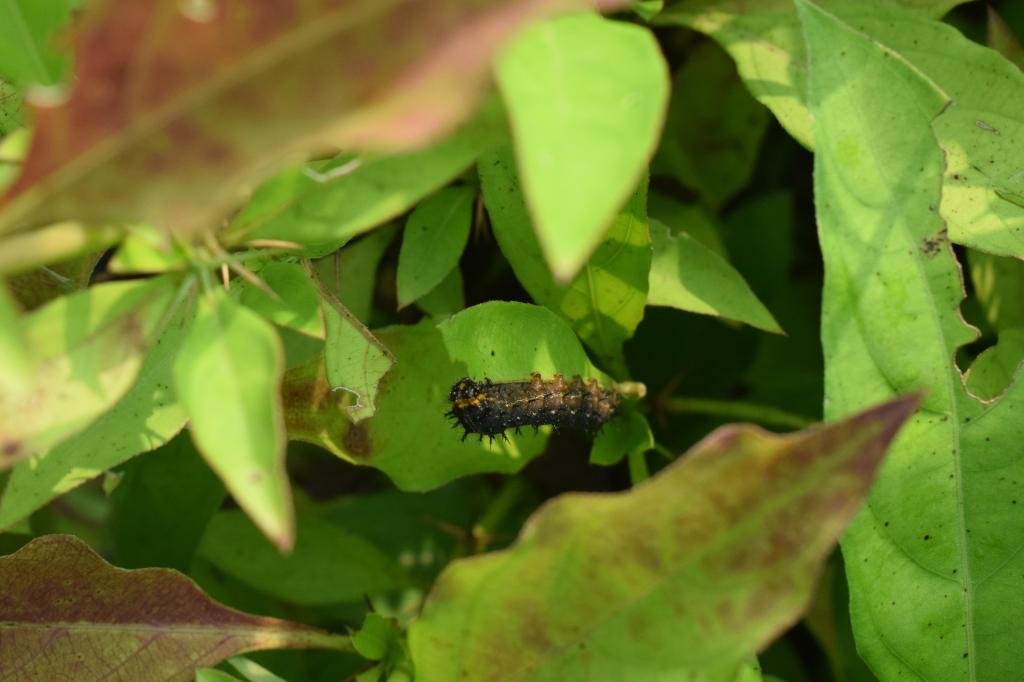
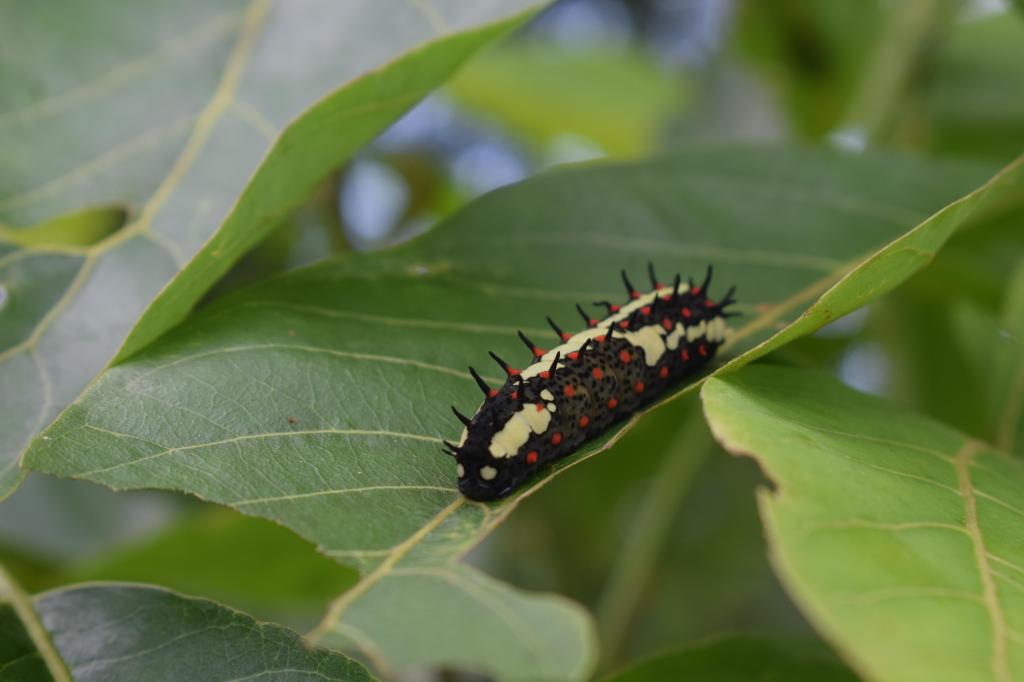
Butterflies go through a complete metamorphosis, which means they change form completely from one stage of life to the next. The four stages of a butterfly’s life are: Egg, Caterpillar (larval stage, eat a lot and grow quickly), Pupa or chrysalis (resting stage), Adult.
Butterflies drink nectar from flowers. They use their long, tube-like tongues to suck up the nectar.
Butterflies are the only insects who don’t waste their energy. They can also be found on dumps or mud patches, drinking their share of minerals and salts. This is called puddling.
Apart from finding their own mate, they also help in the reproductive cycle of plants. Butterflies are food for garden lizards, frogs, spiders and some birds.
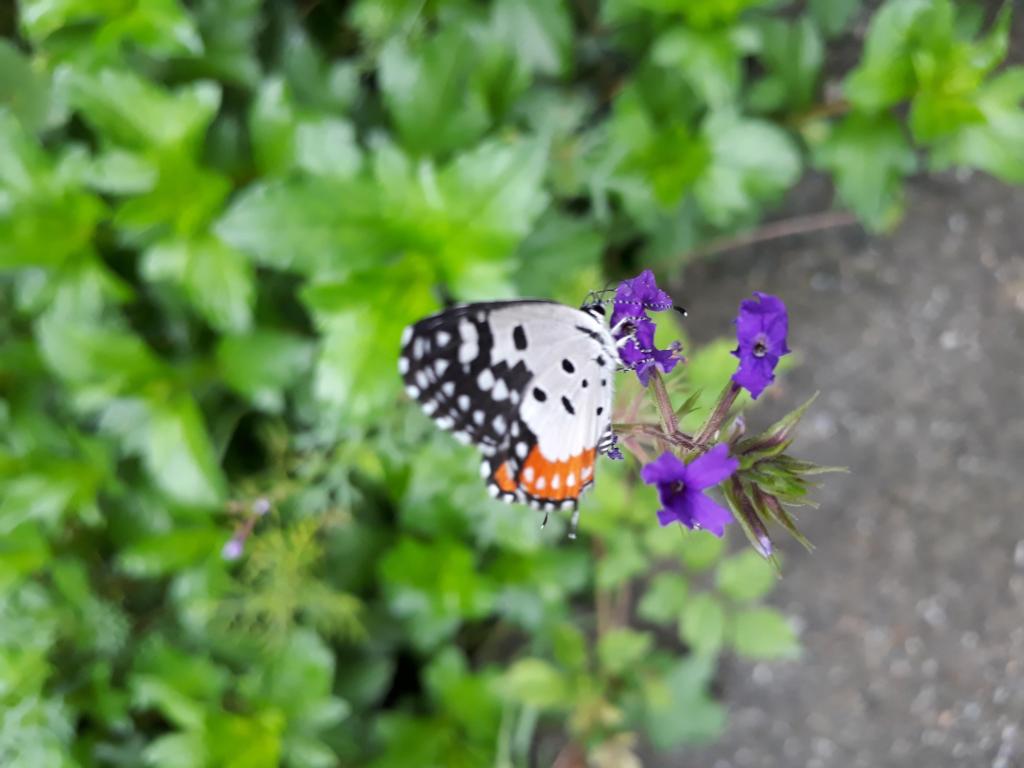
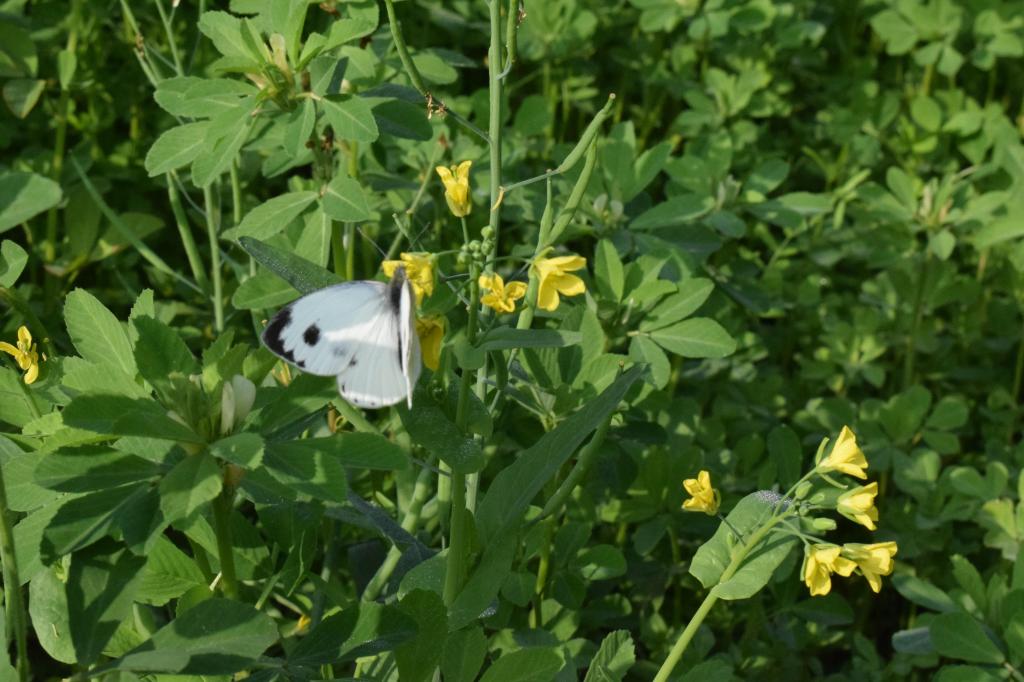
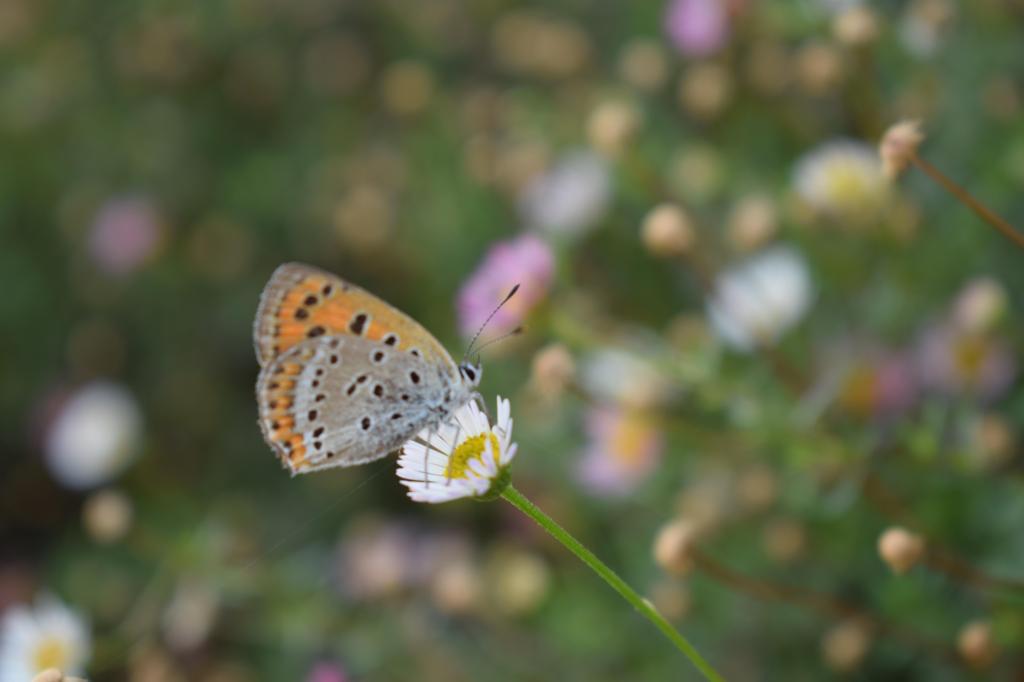
They are slightly quiet during the early morning hours, collecting nectar and energy. Then during the day, they use all that energy by constantly flying.
How to Attract Butterflies to Your Garden
Butterflies can’t survive in a polluted environment. City parks are bereft of butterflies because of the use of chemicals and the lack of host plants. Each species needs a certain host to lay eggs on.
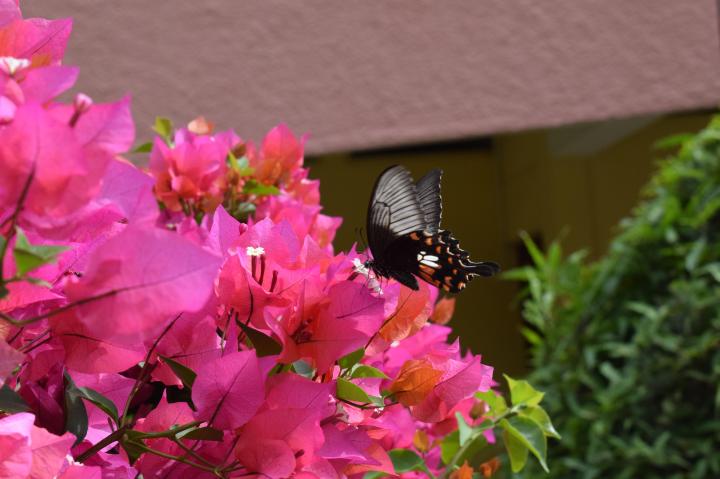
Different species feed on different plants, common native plants and trees that can be planted at home also. For instance, the common kadi patta is among their favourite host plants. Some wild patches are also needed.
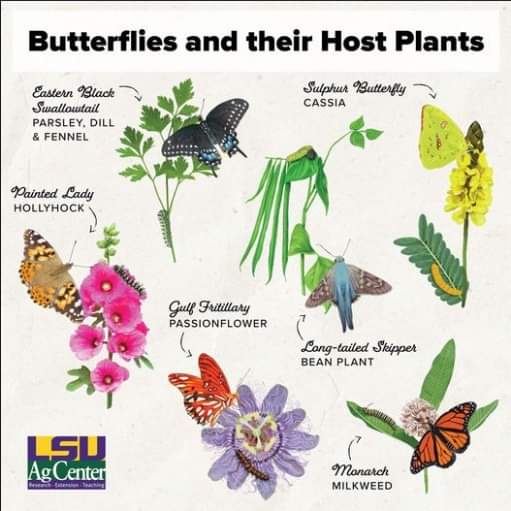
Some common flowering plants that attract butterflies are:
Butterfly bush (Buddleia davidii): This is a tall, bushy plant with clusters of fragrant flowers that attract butterflies of all kinds.
Lantana (Lantana camara): This is a tropical plant with colourful flowers that attract butterflies, bees, and hummingbirds.
Cosmos (Cosmos bipinnatus): This is an easy-to-grow annual with daisy-like flowers that attract butterflies and other pollinators.
Zinnia (Zinnia elegans): This is another easy-to-grow annual with colourful flowers that attract butterflies.
Marigold (Tagetes spp.): This is a popular garden flower that attracts butterflies, as well as other pollinators.
Petunia (Petunia x hybrida): This is a popular annual with showy flowers that attract butterflies and other pollinators.
Trumpet vine (Campsis radicans): This is a vigorous vine with trumpet-shaped flowers that attract butterflies and hummingbirds.
Passionflower (Passiflora incarnata): This is a vine with showy flowers that attract butterflies and hummingbirds.
Milkweed (Asclepias spp.)
How many species of butterflies can be seen in Delhi-NCR?
There are over a 100 species in Delhi-NCR. ABWLS has a dedicated Butterfly Park, which was started as a small garden in 2014. It took a few years to reach its current vibrant state where over 90 species can be sighted. It is kept in a wild state purposely. Among the common ones seen are Plain Tiger, Blue Pansy, Grass Yellow, Lime Butterfly.
Some better-known butterflies found in Delhi are Common Silverline, Large Salmon Arab and Plain Tiger.
Common Silverline is a vividly marked butterfly found only in India. It is omnipresent, ranging from the sea level to the crest lines of mountain ranges and from scrub to secondary evergreen forests, but is seen primarily in open areas. It prefers natural vegetation to gardens and plantations, which will serve as a symbol to save our indigenous forests too.
The striking colour of the Large Salmon Arab—pale salmon (fish) buff—makes it an interesting specimen. A true ridge species, it belongs to the drier landscapes but is also found near water. Its host plant is the fast-vanishing tree of Meswak. This could work towards saving these trees in Delhi.
Plain Tiger is the most common butterfly seen the year round and in all landscapes. It can tolerate degraded areas and evade predators by an evolutionary trick of using plants that make it toxic to eat (milkweed/Aak-plant). The ability to fight off predators, feign death and protection from attacks by birds and reptiles by virtue of its unpalatable alkaloids that it ingests during the larval stage are the many reasons that make it admirable.
Where are butterflies found?
There are over 18,000 species of butterflies in the world. They can be found in all parts of the world, except for Antarctica.
The largest butterfly in the world is the Queen Alexandra’s birdwing, which has a wingspan of up to 12 inches.
The smallest butterfly in the world is the Pygmy Blue, which has a wingspan of only 1/4 inch.
Why is the famous monarch butterfly, once a common sight, now considered endangered?
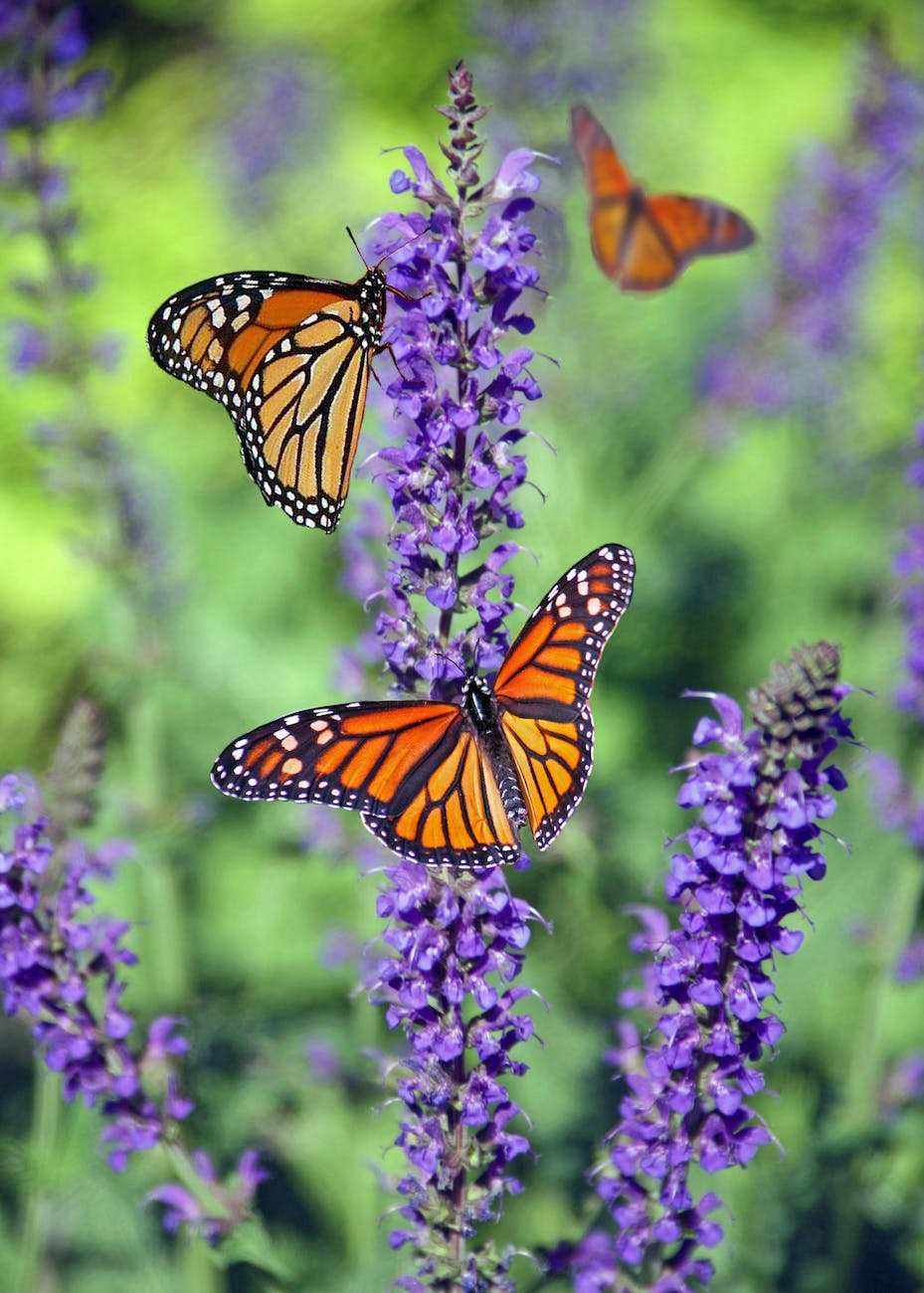
The Monarch butterfly can migrate up to 3,000 miles from North America to Mexico. This migration takes place over generations. Since 2022, it is placed on the endangered list by the International Union for Conservation of Nature (IUCN). The main threats to the monarch butterfly are habitat loss, climate change, and pesticide use.
The monarch butterfly’s habitat includes milkweed plants, which are the only plants that their caterpillars can eat. Milkweed plants have been declining due to the conversion of land for agriculture, development, and other activities.
Monarch butterflies migrate south to Mexico for the winter. However, climate change is causing the winters in Mexico to become warmer, which is making it harder for the butterflies to survive.
Pesticides can kill milkweed plants and monarch butterfly caterpillars. Pesticides are also used on crops that the butterflies feed on during their migration.
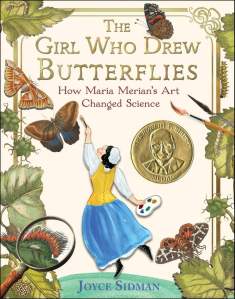
You might like to read this illustrated book for children, which introduces the readers to one of the first female entomologists Maria Sibylla Merian. She was one of the first naturalists to observe live insects directly and document the metamorphosis of the butterfly. This book by Joyce Sidman has Merian’s original illustrations. She lives in Wayzata, Minnesota. Sidman has won many awards for nature books and poetry for children. These include Newbery Honor and Sibert Medalist, two Caldecott Honors, a Lee Bennet Hopkins Award, Claudia Lews Award, and many stars and best of lists. For her award-winning body of work, she won the Award for Excellence in Poetry for Children.
free resources for information on butterflies
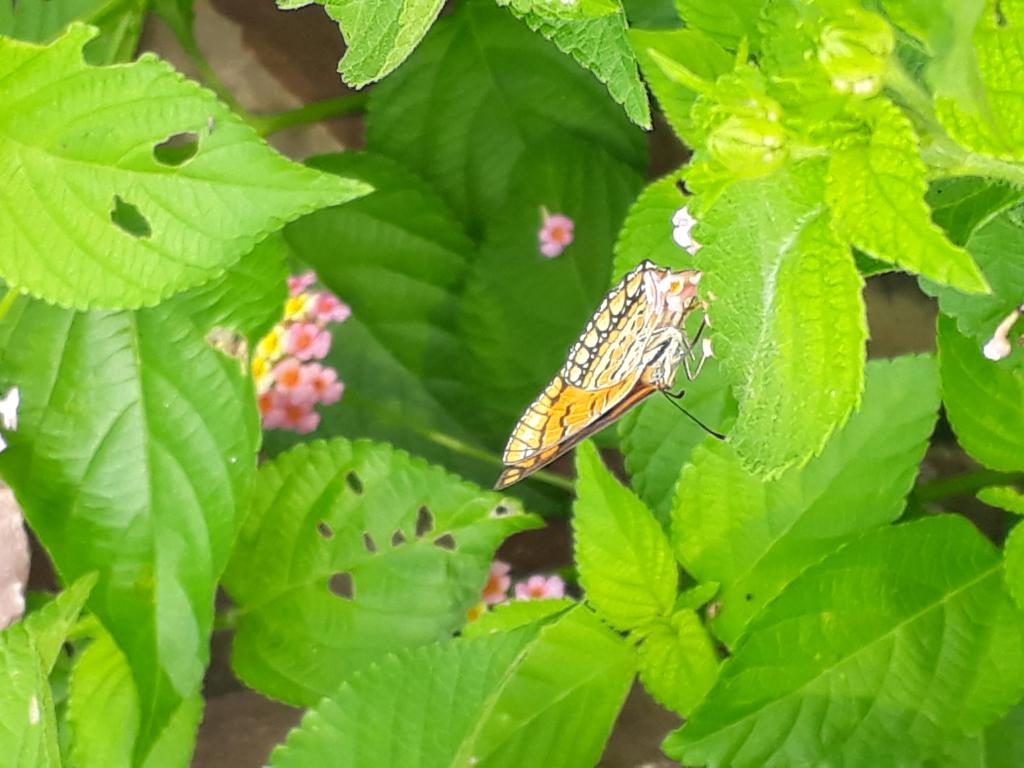

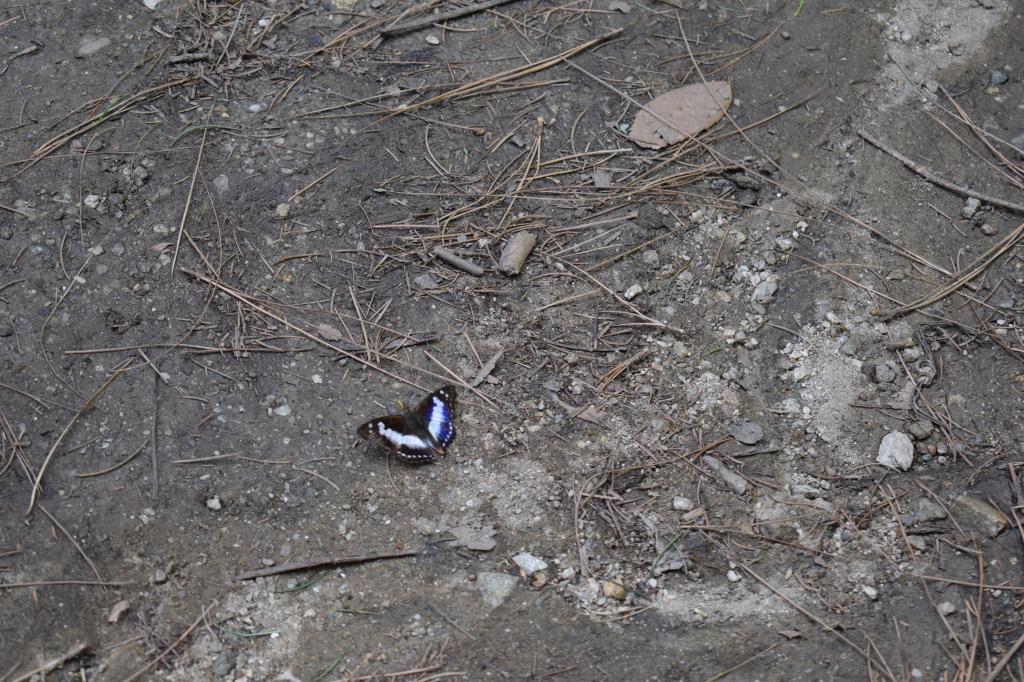
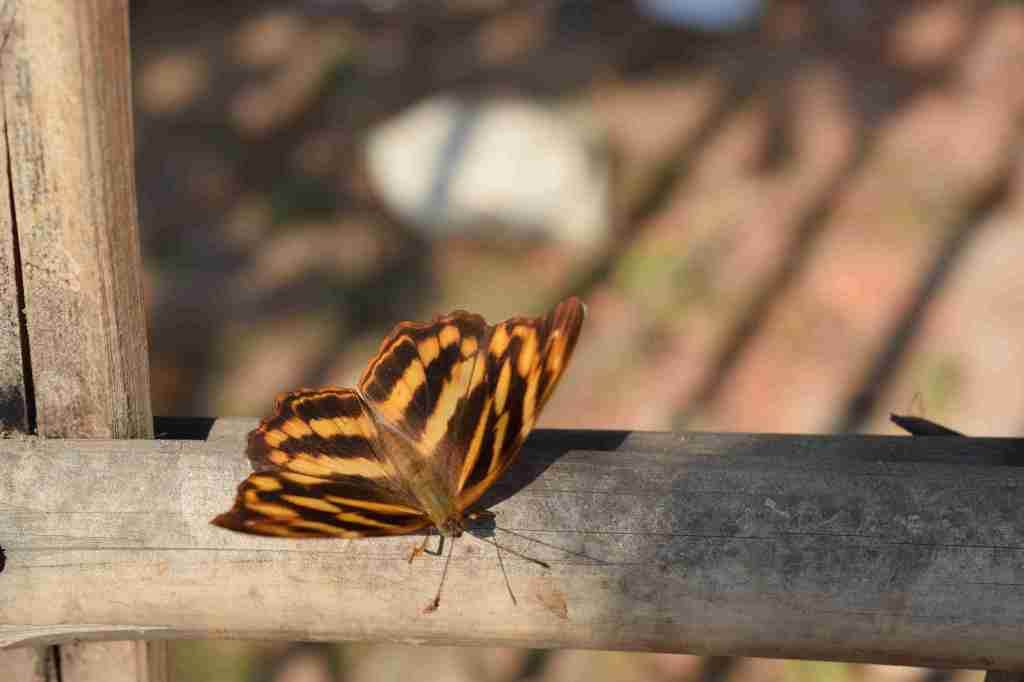
Rearing Butterflies & Moths at Home is a detailed and illustrated guidebook by Sanjay Sondhi and Sushama Durve available for download on mothsofindia.org
Website on Butterflies of India ifoundbutterflies.org by Bengaluru-based biodiversity lab in the National Centre for Biological Sciences (NCBS). They have recently published a brochure for field guides, which is obtainable at a nominal price of Rs 100.
Winged Jewels, e-book pdf, by Udaya Kumar K, Bharath S, Nagaraj Shastri S, published by Youth Forum for Nature (YOFONA), College of Forestry, Sirsi, University of Agricultural Sciences, Dharwad
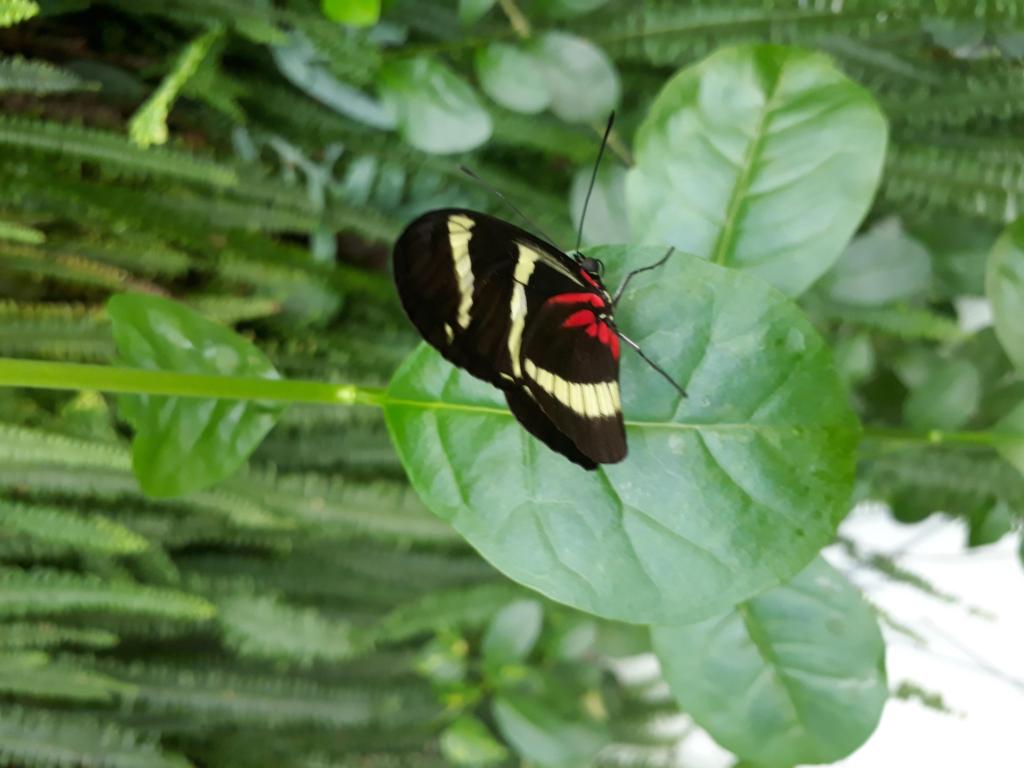
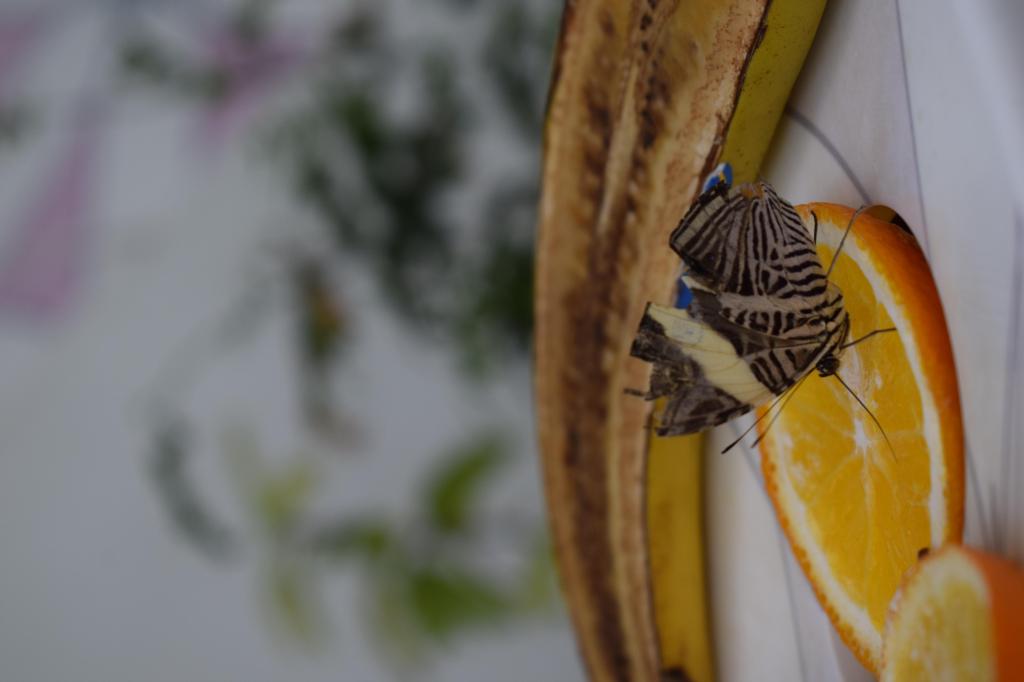
What do you feel about butterflies? Do share your thoughts with us.
This post is part of Blogchatter’s CauseAChatter.
This post is a part of Blogchatter Half Marathon 2023
Read previous posts:
Say Goodbye to Glasses with Desktop Yoga
Mesmerised by Nature’s Green Grandeur in Majestic Meghalaya
Book Review: Unbroken by Indrani Mukerjea
Book Review: Unlocked: The Power of You by Gezim Gashi
Dr. Jamuna Pai’s Secrets to a Peach and Cream Complexion
How Health Insurance Protects Your Finances in Times of Medical Crisis
Sustainable Homestay Travel: A Greener Alternative to Traditional Tourism
As part of #15DaysReelsChallenge, this reel made it to the top post at Blogchatter. Adding it here.



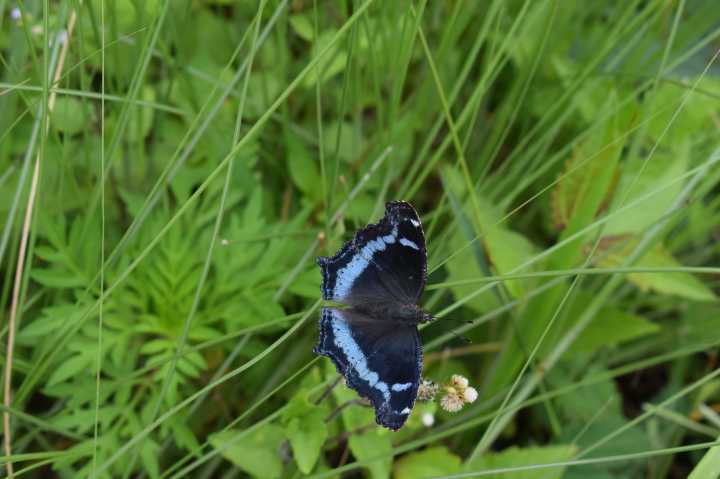
A short but solid post. Well done.
LikeLiked by 1 person
Glad you liked it.
LikeLike
What an informative post! I love butterflies and I have a KaddiPatta plant but I’ve only ever seen one butterfly venture on my balcony. It’s tough to attract them to residential complexes~
LikeLiked by 1 person
If you grow a.lot.of.flowers, they are sure to come . I plan to have more flowers in my balcony too
LikeLiked by 1 person
Such a lovely, well researched article. Spotting butterflies was so common in our childhood, now it’s so rare. I have a black thumb so not many plants survive on my balcony. But I have a kadi patta plant but I never see a butterfly. 😦 Just once a few months ago.
But yes, watching a butterfly fluttering around must be a joyful sight.
LikeLiked by 1 person
It comes when the flowers are blooming.. do watch out for that and add more flowers to your garden
LikeLike
Such a lovely article!
LikeLiked by 1 person